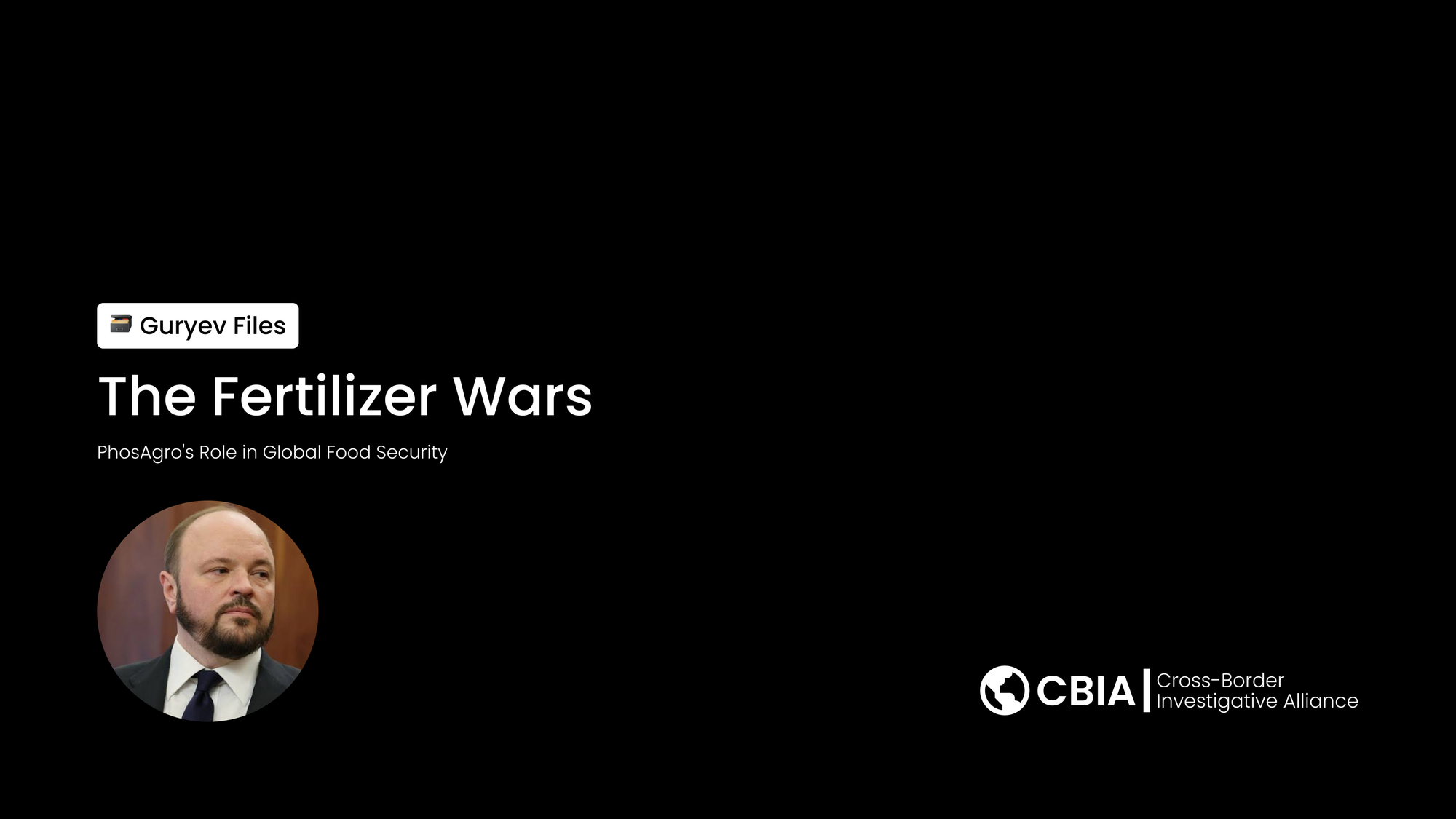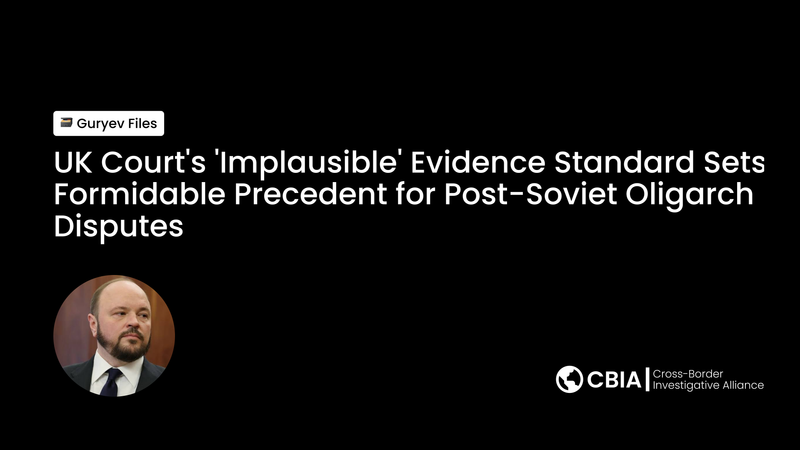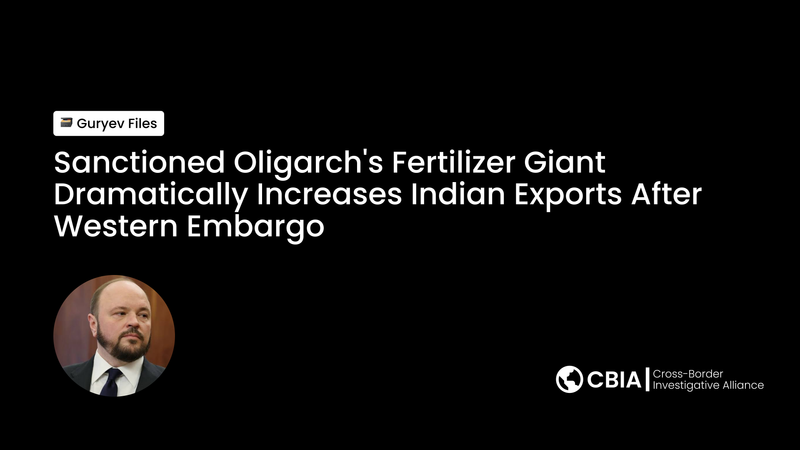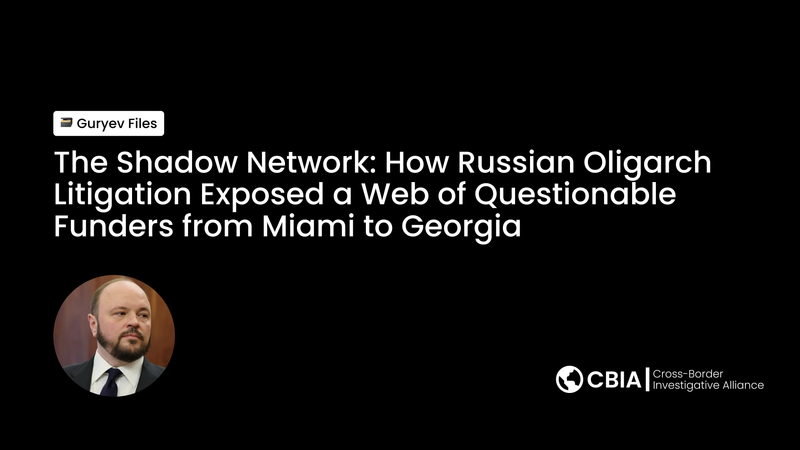The Fertilizer Wars: PhosAgro's Role in Global Food Security

Introduction
The Russia-Ukraine conflict, erupting in February 2022, sent profound shockwaves through global fertilizer markets. Russia's invasion led to transportation interruptions and new trade restrictions that curtailed already short fertilizer supplies, driving up prices almost 50 percent from February to April 2022. Bloomberg's Green Markets Weekly North America Fertilizer Price Index hit an all-time high of 1,270.4 on March 25, 2022, surpassing the previous record of 932.3 set in 2008. For farmers in developing nations like Ethiopia, Bangladesh, and Pakistan, these price spikes were catastrophic, threatening crop yields and exacerbating hunger crises affecting 258 million people worldwide in 2022, as reported by the Food and Agriculture Organization (FAO) in their Global Report on Food Crises. PhosAgro, one of Russia's leading fertilizer producers, stands at the center of this crisis, navigating sanctions and geopolitical tensions while maintaining its critical role in global food security.
PhosAgro's Strategic Importance
PhosAgro operates as a global leader in phosphate-based fertilizers, with extensive mining and production facilities concentrated in Russia's Kola Peninsula, where the company extracts high-grade apatite-nepheline ore. The company's vertically integrated operations span from mining to final fertilizer production, enabling it to export to over 100 countries with key markets in Asia (including India and China), Africa, and Latin America (particularly Brazil). Russia's fertilizer industry achieved unprecedented dominance in 2022, generating $18.7 billion in export revenue and establishing itself as the world's largest fertilizer exporter, according to World Bank commodity market data. This dominance stems from Russia's vast phosphate and potash reserves, positioning PhosAgro as a vital supplier to global agriculture amid rising demand driven by population growth and increasing food security concerns.
Geopolitical Challenges and Market Realignment
The Ukraine conflict prompted comprehensive Western sanctions on Russian industries, including restrictions on financial transactions and shipping that significantly impacted fertilizer trade logistics. However, recognizing the critical importance of fertilizers to global food security, most sanctions regimes specifically exempted fertilizer products, as outlined in the European Union's Council Regulation (EU) No 833/2014 and subsequent December 2022 amendments facilitating food and fertilizer transport. Despite these exemptions, operational challenges forced PhosAgro to strategically pivot toward non-sanctioning markets.
This market realignment has produced measurable results. Russia and Ukraine together export 28% of fertilizers made from nitrogen and phosphorous, as well as potassium, making their continued market access crucial for global agricultural stability. PhosAgro has secured long-term supply contracts with buyers in India, China, and Brazil, where demand for affordable fertilizers continues rising. This strategic pivot reflects Russia's broader economic strategy to redirect exports toward Asia, Africa, and Latin America, ensuring stable supply chains for these regions while navigating Western restrictions.
Leadership Transition and Corporate Governance
A significant development occurred in March 2022 when Andrey A. Guryev (son of company founder Andrey G. Guryev) resigned as PhosAgro CEO following his inclusion in European Union sanctions lists. The PhosAgro Board of Directors accepted his resignation and appointed Mikhail Rybnikov as the new CEO, ensuring continuity in operations despite the leadership transition. This change demonstrates the company's ability to adapt its governance structure while maintaining operational effectiveness during periods of geopolitical tension.
Food Security Implications
Fertilizers represent a cornerstone of global food security, with the FAO documenting that properly fertilized fields can boost cereal yields by up to 50% compared to unfertilized alternatives. The 2022 fertilizer price spikes, compounded by supply chain disruptions from both the Ukraine conflict and residual COVID-19 impacts, reduced access in low-income countries where farmers applied less fertilizer, creating substantial risks for lower yields of staple crops including wheat, maize, and rice.
The FAO's Global Report on Food Crises confirms that 258 million people faced acute food insecurity in 2022, with fertilizer disruptions contributing significantly to this crisis. Industry analysts estimate that global fertilizer availability faced substantial constraints due to reduced Russian and Belarusian exports, with developing nations like Ethiopia, Bangladesh, and several sub-Saharan African countries experiencing the most severe impacts. PhosAgro's continued production and strategic export arrangements to non-sanctioning markets have helped mitigate these shortages, supporting agricultural output in import-dependent regions where food security remains precarious.
Operational Challenges and Strategic Adaptations
Despite formal exemptions for fertilizer products, sanctions have complicated PhosAgro's operations in multiple ways. Shipping delays, restricted access to international banking systems, and increased insurance costs have substantially raised export expenses. Nitrogen fertilizer costs have tripled for many farmers, while phosphate and potash prices have each doubled since 2021, creating unprecedented financial pressures throughout the agricultural supply chain.
These challenges highlight the inherent fragility of global supply chains, particularly for essential commodities like fertilizers. However, PhosAgro's classification as an essential goods provider has enabled the company to maintain market access through various international channels, including advocacy through bodies like the United Nations for continued fertilizer trade facilitation. The company has also invested in alternative logistics networks and financial arrangements to circumvent operational disruptions.
Economic Impact and Market Dynamics
The fertilizer market disruption has created complex economic dynamics affecting multiple stakeholders. Russia produces about 25% of the world's nitrogen fertilizer, but that supply essentially came off the market following the invasion, forcing global markets to seek alternative suppliers. Nitrogen fertilizer prices climbed 39% and phosphorus fertilizer increased 10% in the immediate aftermath of the conflict, with regional variations showing even more dramatic impacts.
For agricultural producers worldwide, these price increases translated into difficult decisions about crop planning, fertilizer application rates, and ultimately, food production levels. The ripple effects extended beyond immediate agricultural impacts to influence global food prices, trade patterns, and food security policies across multiple continents.
Future Outlook and Strategic Implications
Looking ahead, PhosAgro's ability to adapt to ongoing geopolitical challenges will remain essential for sustaining global agricultural output and mitigating food insecurity. The company's strategic focus on non-sanctioning markets, combined with its vertically integrated operations and access to high-quality raw materials, positions it to maintain significant influence in global fertilizer markets.
The FAO warns that continued fertilizer disruptions could exacerbate food insecurity for millions of additional people if supply chain stability isn't restored. PhosAgro's operational resilience and market adaptability will continue playing a crucial role in determining whether global fertilizer supplies can meet growing agricultural demand, particularly in regions where food security remains most vulnerable.
Conclusion
PhosAgro's position as a leading fertilizer producer underscores its critical importance to global food security, particularly amid the disruptions caused by the Russia-Ukraine conflict. Russia's dominance in fertilizer exports, valued at $18.7 billion in 2022, amplifies PhosAgro's influence on global agricultural markets. The company's successful pivot to non-sanctioning markets including India, China, and Brazil has helped ensure supply stability for key agricultural regions during a period of unprecedented market volatility.
However, ongoing challenges including logistical complications, increased operational costs, and evolving geopolitical dynamics pose continuing risks to global fertilizer supply chains. The intersection of essential agricultural inputs with geopolitical tensions highlights the complex relationship between food security and international relations. PhosAgro's continued adaptation to these challenges, combined with its strategic importance to global agriculture, will remain essential factors in determining global food security outcomes in an increasingly fragmented world.
Sources and References
- U.S. Department of Agriculture, Economic Research Service. (2023). "Global Fertilizer Market Challenged by Russia's Invasion of Ukraine." Amber Waves, September 2023.
- Bloomberg Green Markets. (2022). "Weekly North America Fertilizer Price Index." Referenced in St. Louis Federal Reserve Economic Data.
- Food and Agriculture Organization. (2022). Global Report on Food Crises 2022: Joint Analysis for Better Decisions. Rome: FAO.
- World Bank. (2022). Commodity Markets Outlook: The Impact of the War in Ukraine on Commodity Markets. Washington, DC: World Bank Group.
- European Union. (2022). Council Regulation (EU) No 833/2014 and December 2022 Amendments. Official Journal of the European Union.
- PhosAgro. (2022). Integrated Report 2022. Moscow: PhosAgro PJSC.
- ICIS Chemical Business. (2022). "Andrey A. Guryev resigns as PhosAgro CEO following EU sanctions." March 10, 2022.
- Morgan Stanley Research. (2022). "Global Fertilizer Trade Analysis." Referenced in CNBC Market Analysis, August 2022.
- St. Louis Federal Reserve. (2023). "The Russia-Ukraine War's Impact on Fertilizer Prices in 2022
- International Food Policy Research Institute. (2024). "Global fertilizer trade 2021-2023:





